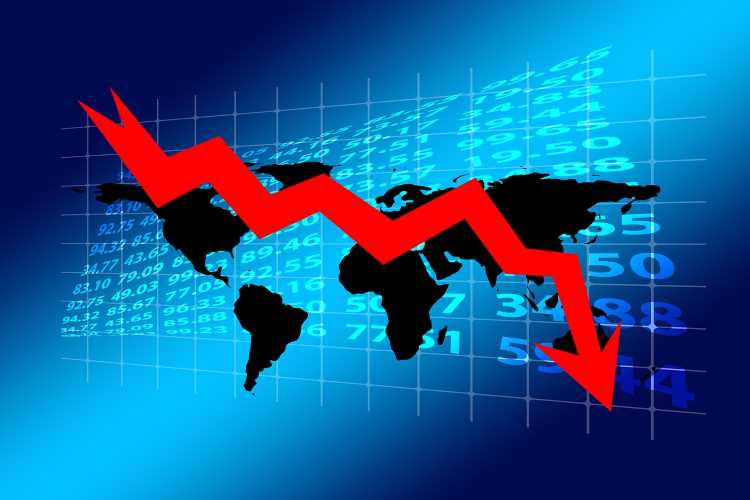
The Reserve Bank of India kept interest rates unchanged last week, as it sought to contain inflationary pressures. The decision came as a surprise for many observers who thought that the central bank will succumb to the temptation to continue with the rate cuts. The RBI has been on a rate cut spree that saw the policy rates being cut by 115 basis points since February to address economic growth concerns.
The consumer price inflation shot up to 6.09% in June compared with 5.84% in March. The RBI’s comfort level for medium-term retail inflation is 2-6%. The monetary policy committee’s call to keep the rates on hold may have been prompted by the high inflation numbers in June that breached this comfort level. The RBI has also taken note of the uncertainties in inflation outlook for non-food items.
READ I All Inclusive Economic Development: The GDP alternative offers a better yardstick
The situation is slightly different from that in 2010. Short-term lending rates are lower than the reverse repo rate, and the inflation numbers — both CPI and WPI — lack credibility. The RBI must continue to anchor inflation expectations. The MPC has eased rates earlier in anticipation that inflation will remain benign in the second half of current fiscal. June’s retail inflation figures may have held the MPC back from cutting the rates further.
The retail and wholesale inflations are diverging — CPI inflation is in RBI’s target band while wholesale inflation remains negative. Economists have warned a repeat of 2010 when RBI’s targeting of consumer price inflation led to an industrial slowdown. They say WPI is more relevant for the industry.
READ I RBI policy must focus on financial system stability
Transmission may improve in the second half of the current financial year in the face of a decline in credit demand. The effective borrowing costs are likely to drop even without a rate cut. But monetary economists feel that there is space for a 50 bps cut.
Covid-19 has ravaged the economy and high real lending rates are affecting the recovery. After a series of policy rate cuts by RBI since March 2019, nominal MCLR (Marginal Cost of Fund based Lending Rate) has come down by 105 basis points. However, the real MCLR rose by 44 basis points during the period.
READ I Social protection in Tamil Nadu: Covid-19 highlights need for universal coverage
The RBI observed that the economic activity has picked up from April-May period after the partial reopening of the economy in some parts of the country. But the rising number of Covid cases can lead to more lockdowns, affecting the recovery.
The RBI has no option but to cut the repo rate to support the feeble economic recovery. And there are huge amounts of money parked with the RBI under the reverse repo window. The reverse repo rate should be cut significantly to discourage banks from parking funds with the Reserve Bank.
Anil Nair is Founder and Editor, Policy Circle.

